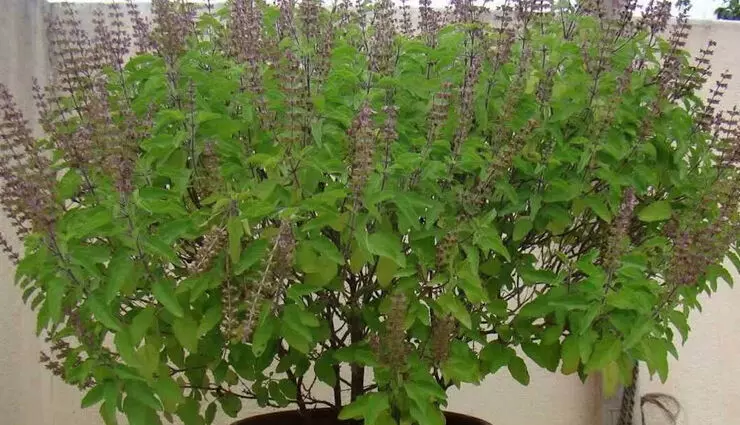How to Make the Perfect Pastel De Nata

alling pastel de nata a Portuguese custard tart is a bit like calling a pasty a Cornish calzone – similar in principle, but a very different beast in reality. Instead of a short, crumbly pastry, the pastel de nata has a crisp, slightly salty, layered crust; and, rather than the firm, egg-rich fillings of the classic British or French custard tart, the filling is almost molten, and spiced with cinnamon and lemon zest, as opposed to our peppery nutmeg or sweet vanilla.
As chef Nuno Mendes explains in his love letter to the city of his birth, Lisboeta, they were originally sold at the Mosteiro dos Jerónimos in Belém. When the monastery was briefly closed in the early 19th century, the recipe found its way into the hands of an enterprising local businessman, and his shop now sells about 20,000 a day. I won’t claim that my recipe below is as good as a visit there, but I like to think these tarts are a pretty delicious homage.
The pastry
Filo-like crunch: Rebecca Seal’s pastel de nata. Thumbnail pics: Felicity Cloake.
Filo-like crunch: Rebecca Seal’s pastel de nata. All thumbnail pictures by Felicity Cloake.
Some bad news here, I’m afraid. I try Mendes’ recipe using ready-made puff pastry, and it just doesn’t give the same crunchy effect as the real deal, which sits somewhere between puff and filo. If you really must have pastéis de nata and can’t be bothered with the effort of making your own pastry, make sure you get the all-butter sort of puff and roll it as thinly as possible before shaping as below, or layer up sheets of filo spread with soft butter instead.
The pastries I make myself all have the same basic ingredients: plain flour, salt, butter and just enough water to bind everything together. (Lard or vegetable fat, with their lower moisture content, may give a crisper result, but they don’t taste as good, and I don’t find any recipes suggesting them, though Mendes does tip me off that “a bit of pork fat in the moulds is nice”.) Where they differ is largely in how much butter they use and how they get it into the pastry.
Unlike shortcrust, this is a laminated pastry in which the fat acts as a sandwich filling between sheets of dough, separating them into the shatteringly crisp layers that are the hallmark of a proper pastel de nata. Having mixed flour and water, kneaded it until it comes together into a smooth dough (though a certain amount of gluten is required to hold the leaves together, overworking the dough will make it tough) and left this base pastry to rest, it’s time to introduce the butter. As pastry chef Nicola Lamb observes in her incredibly detailed exploration of the subject on her Substack, Kitchen Projects (which should be required reading for nata nerds), “There are two camps when it comes to getting your butter into the dough. On one side you’ve got camp ‘spread’, a traditional method which involves smearing soft butter on to the dough and then performing the folds. The second is camp ‘lock in’, which involves using firmer butter and a traditional method similar to how you’d approach a croissant or making puff pastry.”
Nicola Lamb rolls cold butter into her dough.
Nicola Lamb’s pastry begins with dough folded over a layer of butter.
Based on her forensic research, Lamb suspects the pastéis de Belem use margarine, and their soft consistency suggests the spreading technique, but though I try this in both Rebecca Seal and Mandy Lee’s recipes, I find it hard to keep the soft butter in the pastry, and it has a tendency to leak out in the oven. The more familiar method, deployed by Lamb and Edite Vieira, involves rolling a cold rectangle of butter into the dough, which to me seems easier, though, as with the rolling issue, it’s worth reading through the various options and deciding which one suits you and, crucially, the space you have available. (Lee, who writes the brilliant Lady and Pups blog, cleverly uses a pasta machine, rather than a pin, to roll the pastry into thin sheets, which I think would work well for those not blessed with the world’s smallest kitchen, but I find it hard to house such long strips of dough.)
Vieira cuts the butter into small pieces, and dots it across the dough in three stages, while Lamb beats it into a rectangle and folds the pastry across it. Lamb’s pastry turns out to be the crispest, so I obediently follow her advice, though I’ve increased the butter content slightly, because I’ve opted for a less rich custard. (I find that the 1:1 ratio of butter to flour recommended in Vieira’s classic collection The Taste of Portugal, though delicious, means that her pastry softens very quickly and lacks the filo-like crunch of those recipes, such as Seal’s in her book Lisbon, which use less. This is my best compromise between flavour and texture.)
















